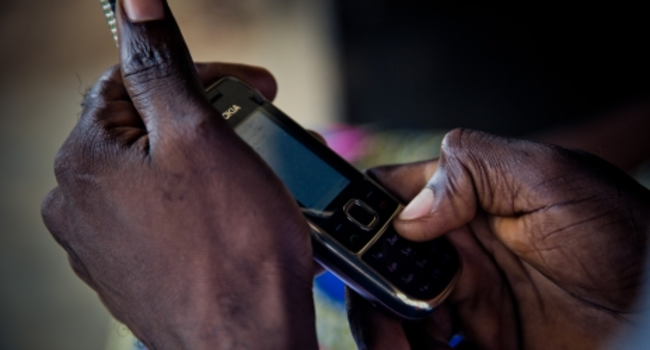Nigeria will top five smartphone markets in Sub-Saharan Africa by 2030 leading with 230 million smartphones connections but inflation and currency volatility will pose challenges to the sector.
According to the Global System for Mobile Communications (GSMA) in its Mobile Economy Sub-Saharan Africa 2024, the telecoms industry in Sub-Saharan Africa will face significant challenges, driving market
consolidation.
The Report listed key issues such as inflation and currency volatility (which increase capital costs),
high sector-specific taxation for operators, and escalating energy costs due to unreliable grids and a reliance on diesel.
Such factors, the GSMA observed place considerable financial pressure on operators, resulting in market exits or consolidations in some instances adding that the challenging environment threatens investment in the sector, which is crucial if the region’s digital divide is to be reduced.
The GSMA disclosed that the adoption of 4G is expected to rise in the region and is forecast to account for 50% of total connections by 2030 adding that while 5G adoption is accelerating and forecast to contribute $10 billion to the region’s economy by 2030, accounting for 6% of mobile’s total economic impact.
The Report further indicated that the mobile ecosystem supported 1.5 million jobs directly and more than 2.2 million jobs in other sectors in 2023.
According to the Report, by the end of 2023, nearly 44% of the population in Sub-Saharan Africa subscribed to a mobile service, amounting to 527 million subscribers adding that mobile internet penetration has been growing, reaching 27% in the region by the end of 2023.
“Despite progress, the usage gap remains significant, at 60%. Mobile operators and other stakeholders continue to implement initiatives to reduce both the usage and coverage gaps, with the goal of enhancing digital inclusion and driving economic development across the region”, the GSMA noted.
The Report forecast that by the end of the decade, “4G adoption in Sub-Saharan Africa is expected to reach 50%, making it the dominant technology. Although 3G currently accounts for the largest proportion of total connections, 4G is projected to overtake 3G by 2027. 5G is gathering momentum in the region, with operators investing in network modernisation to prepare for its deployment.”
Meanwhile, the Report noted that the growth of 5G in the region will be steady, a larger share of the customer base will still be migrating to 4G, saying that 5G in the region will be steady with South Africa, Nigeria and Kenya accounting for more than half of all 5G connections in 2030.
Furthermore, the GSMA said that by 2030, Sub-Saharan Africa is forecast to have more than 50 million licensed cellular IoT connections, adding “the expansion of 4G and 5G networks in the region will drive significant growth in IoT applications. Government initiatives as part of smart-city programmes are also helping boost IoT deployments.”
The GSMA research highlighted that in Sub-Saharan Africa, smart utility IoT connections
will increase almost six-fold between 2021 and 2030, and by 2030, utilities will account for nearly 30% of IoT connections in the region.
The GSMA revealed that mobile operators in Sub-Saharan Africa have invested more than $28 billion in mobile capex over the past five years, with mobile capex revenue at 19% at the end of 2023 adding that in 2023, mobile technologies and services generated 7.3% of GDP across Sub-Saharan Africa, a contribution that amounted to $140 billion of economic value added.





